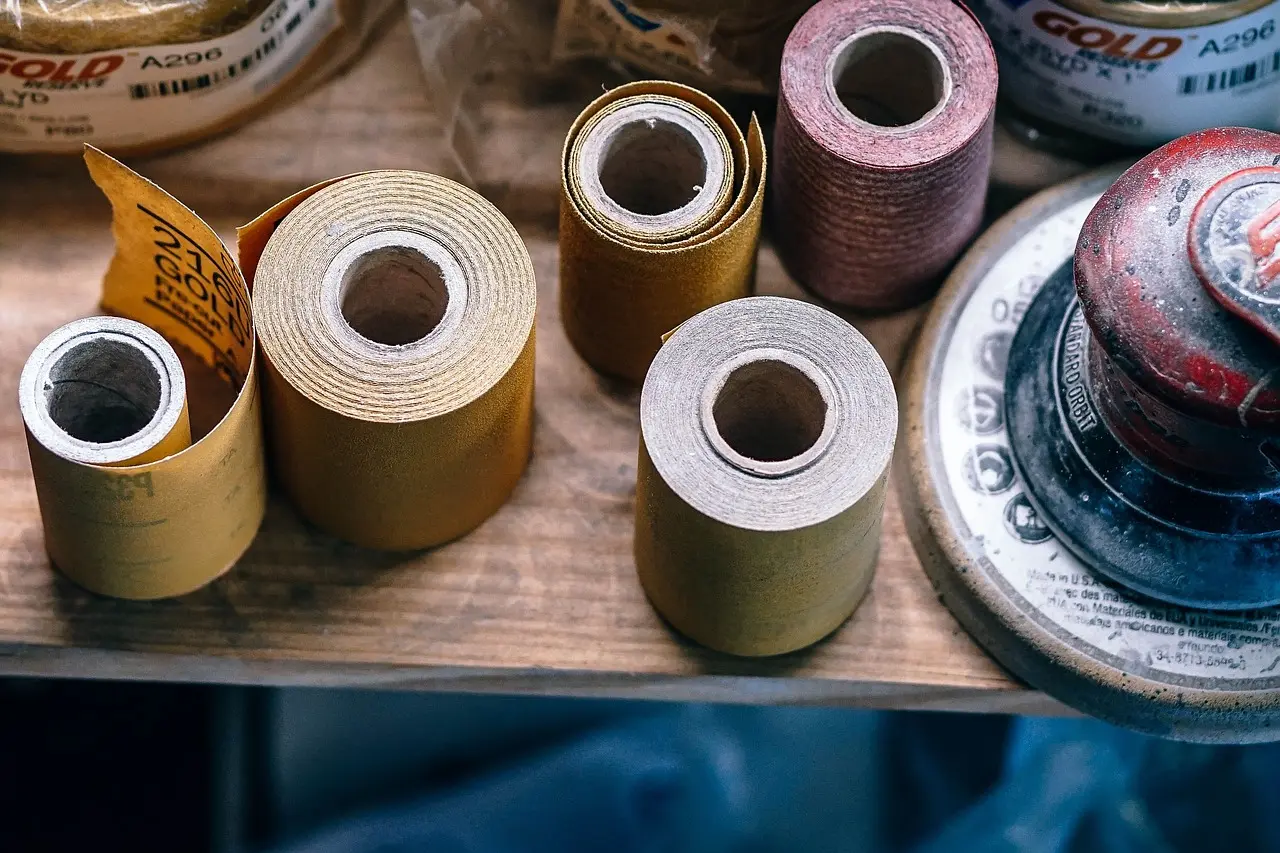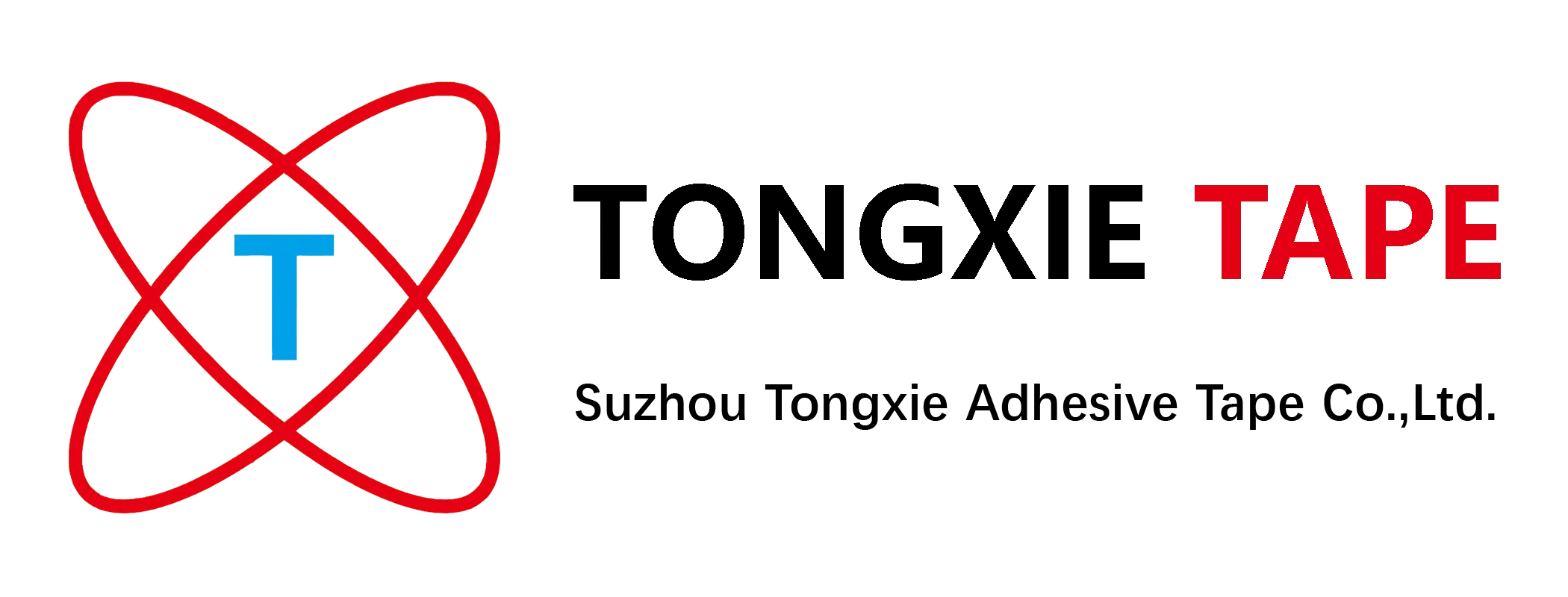
In the highly competitive world of tape manufacturing, the quest for superior adhesion and durability is unending. Companies constantly delve into the intricacies of adhesive chemistry and material science to unlock the secrets behind creating tapes that stick securely and withstand the test of time. From industrial applications to everyday household use, the quality of tape can make a significant difference in its performance. Understanding the factors that contribute to exceptional adhesion properties and durability can give manufacturers a leading edge in the market. In this comprehensive guide, we will unravel the mysteries behind what makes some tapes outshine the others. Join us as we explore the fascinating world of tape manufacturing, where innovation and precision converge to create products that adhere seamlessly to various surfaces and endure the toughest conditions.
Understanding Tape Manufacturing
Tape manufacturing is a complex process that combines advanced adhesive technology with high-quality backing materials to produce reliable, high-performance adhesive tapes. The industry serves a vast range of applications, from packaging and automotive assembly to medical and construction uses. The primary goal of tape manufacturers is to create products that offer strong adhesion, long-lasting durability, and ease of application.
The continuous advancement in tape manufacturing techniques has led to innovative solutions tailored for specific applications. Whether it is a pressure-sensitive adhesive (PSA) tape, double-sided tape, or specialty industrial tape, the success of each product depends on precise engineering and rigorous quality control.
Importance of Superior Adhesion in Tapes
Adhesion is the defining factor in how well a tape performs. A tape’s ability to bond to surfaces effectively is crucial for its reliability and functionality. Several key factors contribute to superior adhesion, including:
- Surface Compatibility – Different surfaces (smooth, rough, porous, or non-porous) require tailored adhesive formulations to ensure optimal bonding.
- Cohesion Strength – The internal strength of the adhesive layer determines how well the tape resists splitting or shearing forces.
- Tackiness Level – The initial stickiness of the adhesive determines how quickly and effectively the tape bonds to a surface.
- Environmental Resistance – High-quality tapes must withstand extreme temperatures, humidity, UV exposure, and chemical exposure to maintain adhesion over time.
Strong adhesion is essential for industries that rely on tapes for structural bonding, sealing, and insulation. For example, automotive manufacturers use adhesive tapes in vehicle assembly, where failure could compromise safety and longevity.
Factors Affecting Tape Durability
Durability is just as important as adhesion in tape manufacturing. A tape that loses its bond over time or degrades under environmental stress can compromise the integrity of a product or structure. Several factors influence a tape’s longevity, including:
- Adhesive Composition – High-quality adhesives, such as acrylic, rubber, or silicone-based formulations, enhance tape longevity and resistance to aging.
- Backing Material – The type of backing material, such as plastic films (PVC, PET), paper, cloth, or metal foils, affects durability and flexibility.
- Resistance to External Conditions – Exposure to moisture, chemicals, extreme temperatures, and UV radiation can weaken a tape over time.
- Manufacturing Quality – Precise coating thickness, curing processes, and controlled production environments contribute to a more durable product.
Durable tapes are essential for industries such as aerospace, where extreme conditions demand tapes that can maintain their performance over extended periods.
Tape Manufacturing Process
The process of manufacturing adhesive tapes involves multiple precise steps to ensure consistent quality and performance. The core stages include:
1. Adhesive Formulation
A specialized adhesive formula is created based on the tape’s intended application. Manufacturers carefully select adhesive types, including:
- Rubber-based adhesives for high tack and general-purpose applications.
- Acrylic adhesives for durability and weather resistance.
- Silicone adhesives for extreme temperature resistance and specialized applications.
2. Coating the Adhesive
The adhesive is applied to a backing material using techniques such as:
- Mayer rod coating (for thin adhesive layers).
- Gravure coating (for high-precision applications).
- Hot-melt coating (for strong, fast-bonding tapes).
3. Drying and Curing
The coated material undergoes drying or curing processes to ensure the adhesive develops optimal bonding properties.
4. Slitting and Rewinding
Once the tape material is fully prepared, it is cut into the desired widths and wound into rolls for packaging.
5. Quality Control and Testing
Each batch of tape undergoes stringent quality testing to ensure it meets adhesion strength, durability, and environmental resistance standards.
Materials Used in High-Quality Tape Production
The choice of materials in tape manufacturing directly impacts the product’s performance and longevity. Commonly used materials include:
Backing Materials:
- Polypropylene (PP) & Polyethylene (PE) – Used for packaging tapes due to their flexibility and cost-effectiveness.
- Polyvinyl Chloride (PVC) – Provides excellent strength and is used for electrical insulation tapes.
- Cloth & Fabric – Used in duct tapes for added reinforcement and flexibility.
- Metal Foils (Aluminum, Copper) – Offer superior heat resistance and shielding properties for industrial and HVAC applications.
Adhesive Types:
- Rubber-based adhesives – Provide strong initial tack and are cost-effective.
- Acrylic adhesives – Known for superior durability, UV resistance, and long-term performance.
- Silicone adhesives – Used for extreme temperature applications and high-performance industrial needs.
Innovations in Tape Manufacturing for Enhanced Adhesion
Advancements in adhesive technology have led to innovative tape solutions that offer enhanced adhesion and performance, including:
- Nano-adhesives – Using nanotechnology for stronger, more flexible bonds.
- Hybrid adhesive tapes – Combining multiple adhesive properties for improved versatility.
- Self-healing tapes – Capable of repairing minor cuts or punctures, increasing longevity.
These innovations are revolutionizing industries such as electronics, automotive, and construction, where enhanced tape adhesion is critical.
Testing Methods for Tape Adhesion and Durability
To ensure high-quality performance, tape manufacturers use various testing methods, including:
- Peel Adhesion Test – Measures how well the tape adheres to a surface under force.
- Shear Resistance Test – Evaluates the tape’s ability to resist movement under stress.
- Aging Test – Simulates long-term wear conditions to assess durability.
- Temperature and Moisture Resistance Tests – Ensures tapes perform under extreme environmental conditions.
These rigorous tests help manufacturers produce tapes that meet industry standards and customer expectations.
Applications of Superior Adhesive Tapes in Industries
High-performance adhesive tapes play a critical role in multiple industries, including:
- Automotive – Used in bonding trim, securing wiring, and reinforcing vehicle structures.
- Construction – Employed in sealing, insulation, and moisture barriers.
- Healthcare – Found in medical tapes and wound care applications.
- Electronics – Used in circuit board assembly and heat-resistant applications.
Each industry requires tapes with specific properties tailored to unique operational demands.
Eco-Friendly Practices in Tape Manufacturing
As environmental concerns grow, tape manufacturers are adopting eco-friendly practices, such as:
- Water-based adhesives – Reducing reliance on harmful solvents.
- Recyclable materials – Using biodegradable or recyclable backing materials.
- Energy-efficient production – Implementing green energy and sustainable manufacturing processes.
These efforts contribute to reducing the industry’s carbon footprint while maintaining high-quality tape production.
Conclusion: The Future of Tape Manufacturing
The tape manufacturing industry continues to evolve with advancements in adhesive technology, sustainable practices, and innovative materials. As the demand for high-performance tapes grows across industries, manufacturers will focus on developing superior, eco-friendly, and versatile adhesive solutions. By staying ahead of technological advancements and consumer needs, the future of tape manufacturing promises stronger adhesion, enhanced durability, and greater sustainability.
Whether for industrial, medical, or everyday applications, the continuous innovation in tape manufacturing ensures that adhesive solutions remain indispensable in our modern world.

Products
Rich variety of adhesive tape
